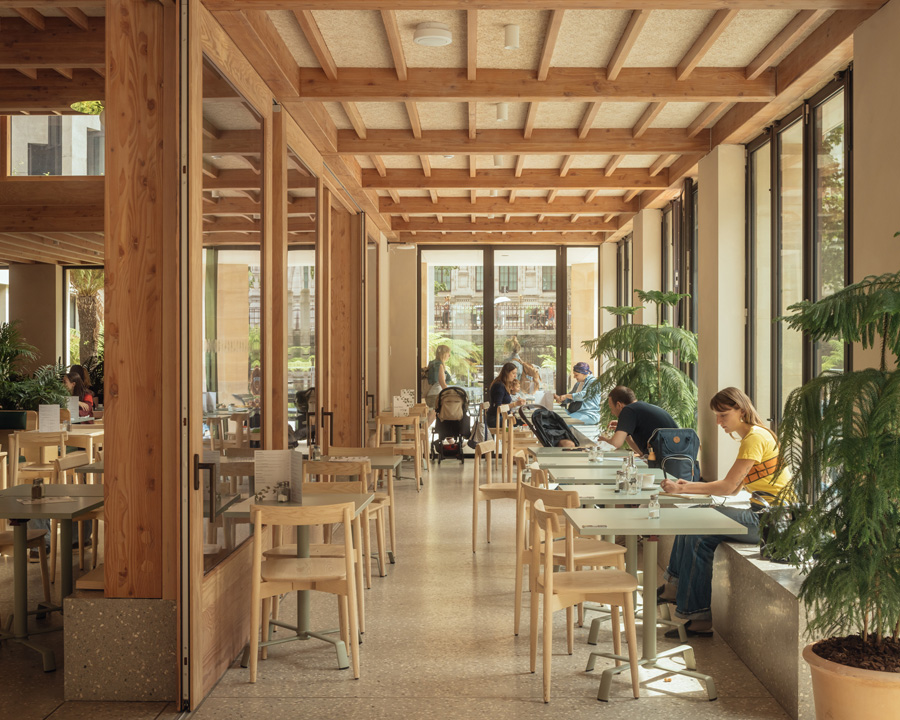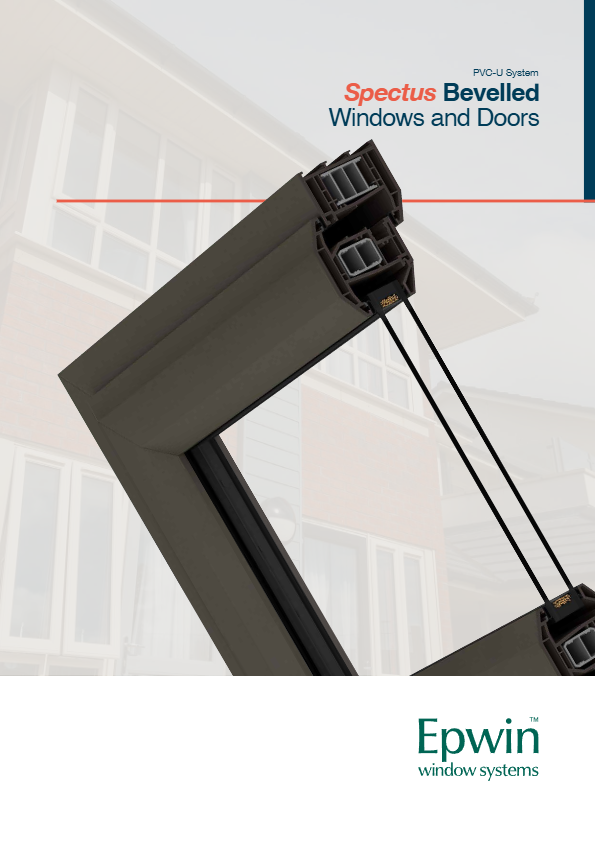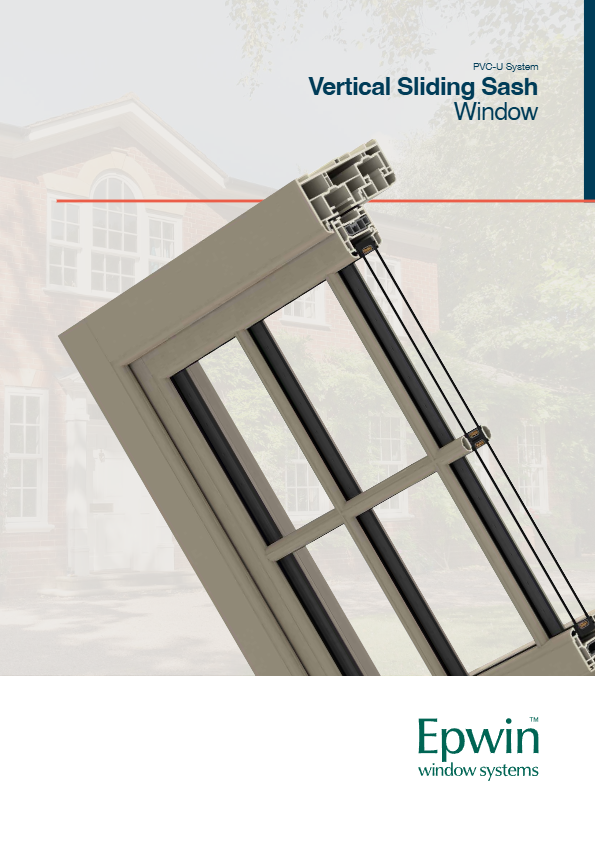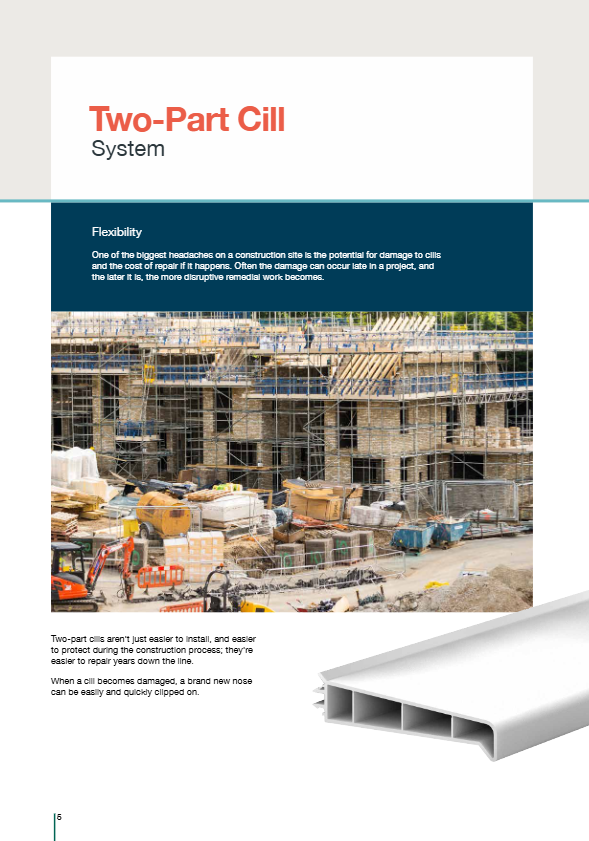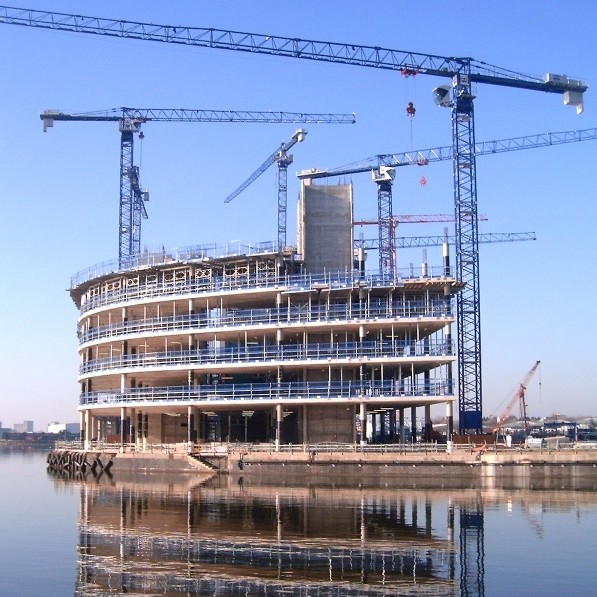
After a record high forecast in June, July 2015 saw a significant note of caution with the RIBA Future Trends Workload Index falling sharply to +22 (down from +44). Practices nevertheless reported that their overall workload is growing at an annual rate of 8% and that current staffing levels are 6% higher than they were a year ago.
All nations and regions in the UK returned positive balance figures, with practices in the North of England the most optimistic (with a balance figure of +48). Practices of all sizes remain upbeat about work prospects. For small practices (1–10 staff) the balance figure is +17, medium-sized practices (11–50 staff) returned a balance figure of +55 and large practices (51+ staff) a balance figure of +50.
The private housing sector workload forecast fell to +23 in July 2015 (from +39 in June). The commercial sector workload forecast saw a moderate fall down to +13 in July 2015 (from +19 in June). The public sector workload forecast dipped slightly to -1 in July (from +2 in June) with practices expecting little medium-term change in public sector expenditure levels within the built environment.
The RIBA Future Trends Staffing Index also declined this month, standing at +12 in July (down from +20 in June). The employment market for salaried architects remains very positive; 98% of respondents expected their staffing levels either to increase or to stay the same over the next few months.
Small and medium-sized practices are still confident about increasing their staffing levels (balance figures of +6 and +42 respectively); however, large practices are more likely to be actively appointing new staff, with a balance figure of +67.
RIBA Executive Director Members Adrian Dobson said: “Despite the fall in our headline index, it is important to state that our forecast remains firmly in positive territory. This drop seems largely to have been driven by some loss of confidence by our practices in the medium term outlook for work in the private housing sector, especially in London and the South of England.
"Private housing has been the main driver of increases in architects’ workloads in the last couple of years, so this is a development that we will be monitoring closely in the next few months. It is too early to say if this is a definitive trend and the crucial autumn period will give a better indication of the prevailing sentiment.
“Our participating practices continue to suggest that the majority of firms are seeing solid growth in workloads, though there is significant pressure on fee levels and profit margins on projects typically remain tight, constraining salary levels.
"Future Bank of England interest rate rises may yet dampen activity in the key private housing and commercial sectors, but with the current low inflation environment looking set to continue this seems to remain a relatively distant prospect at present. The overall economic environment for architects continues to be positive, despite the cautionary note sounded by this month’s survey results.”








